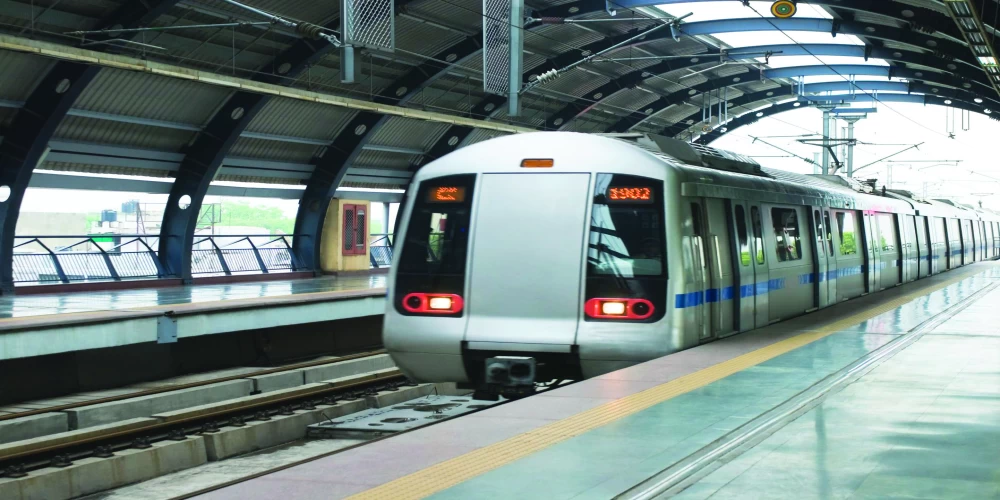
New Delhi: In a significant step towards enhancing connectivity between Delhi and Haryana, the Union Cabinet has approved the 26.463-km Rithala-Kundli corridor as part of Delhi Metro’s Phase-IV expansion. The project, sanctioned during a Cabinet meeting chaired by Prime Minister Narendra Modi on Friday, is set to improve access to key areas in Delhi and Haryana, particularly Narela, Bawana, and Rohini.
Union Minister for Railways and Communications, Ashwini Vaishnaw, addressed the media, confirming that the Rithala-Kundli corridor will feature 21 elevated stations. The project is expected to be completed within four years. Once operational, this new line will extend the existing Red Line of the Delhi Metro, which currently runs between Shaheed Sthal (New Bus Adda) and Rithala, further improving regional mobility.
Vaishnaw emphasized the importance of this project, noting that the Delhi Metro is on track to become one of the top three largest metro networks in the world. The Rithala-Kundli corridor will also mark the fourth extension of the Delhi Metro network into Haryana, complementing its existing services to regions such as Gurugram, Ballabhgarh, and Bahadurgarh.
The total cost of the Rithala-Kundli corridor project is estimated at Rs 6,230 crore. Some of the major stations along the route include Rohini Sector 26, Bawana JJ Colony, Narela DDA Sports Complex, and Kundli.
The broader Phase-IV expansion project, which encompasses three priority corridors totaling 65.202 km and 45 stations, is more than 56% complete. The government aims to complete this phase by March 2026. Additionally, two more corridors spanning 20.762 km are currently in the pre-tendering phase.
Delhi Metro’s current network consists of 12 lines, covering 392 km with 288 stations. The metro system serves an average of 64 lakh passengers daily, with its highest ridership recorded on November 18 this year at 78.67 lakh journeys.
The expansion of Delhi Metro is a key part of the government’s commitment to improving urban mobility and regional connectivity, ensuring sustainable and efficient public transport for the growing population of Delhi and its neighboring areas.
BI Bureau













